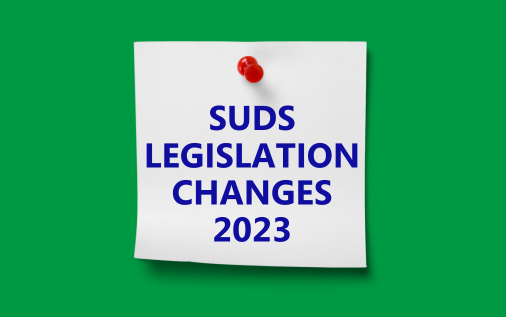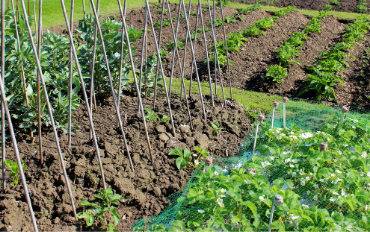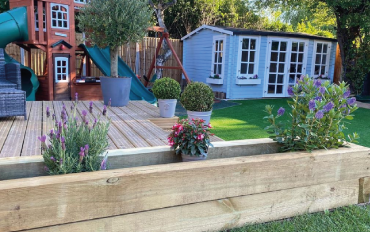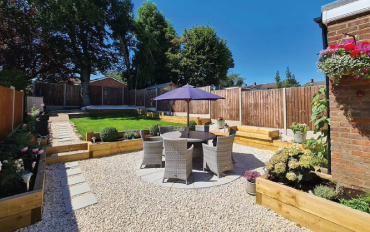PRICE DROP: Selected Softwood Railway Sleepers now available at even better prices!


Sustainable Urban Drainage Systems (SuDS) Legislation Changes You Need To Know

In England, the current legislation for SuDS is the Flood and Water Management Act 2010, which requires developers to obtain approval from a SuDs Approval Body (SAB) before starting any construction work that has drainage implications. The SAB is usually the local authority or the lead local flood authority.
However, the government has announced that it will introduce new legislation for SuDS in 2023, which will replace the SAB approval process with a new statutory duty for developers to comply with national standards for SuDS design and maintenance. The new legislation will also require local planning authorities to ensure that SuDS are incorporated into local plans and planning decisions.
What is the aim of the new Sustainable Urban Drainage System (SuDS) Legislation?
The aim of the new legislation is to simplify and streamline the SuDS approval process, to encourage more widespread adoption of SuDS in new developments, and to ensure that SuDS are designed and maintained to a high standard.
How can developers prepare for the upcoming changes and work with the established SuDS Approval Body (SAB) in the meantime?
1. Developers should familiarise themselves with the current national standards for SuDS, which set out the principles and requirements for SuDS design, construction, operation and maintenance. These SuDS standards are available on the GOV.UK website and provide guidance on how to achieve good performance, environmental benefits and amenity value from SuDS.
2. Developers should engage with the SuDS Approval Body (SAB) as early as possible in the pre-application stage, to discuss their proposals and seek advice on how to meet the standards and address any site-specific issues. The SuDS Approval Body (SAB) can provide technical support, feedback and recommendations on how to improve the SuDS design and ensure its suitability for the site and its surroundings.
3. Developers should submit a comprehensive SuDS application to the SuDS Approval Body (SAB), which includes a detailed SuDS design statement, a drainage strategy plan, a maintenance plan and any supporting documents or calculations. The SAB will review the application and issue an approval decision within 12 weeks, or request further information or amendments if necessary.
4. Developers should implement the approved SuDS design according to the specifications and conditions set by the SuDS Approval Body (SAB), and notify the SAB when the construction work is completed. The SAB will inspect the SuDS installation and issue a certificate of completion if it meets the standards and requirements. The developer will then be responsible for maintaining the SuDS in accordance with the maintenance plan.
By following these steps, developers can ensure that they comply with the current legislation for SuDS and work effectively with the established SuDS Approval Body (SAB). You can also prepare yourself for the transition to the new legislation in 2023, which will require you to adhere to similar standards and principles for SuDS design and maintenance.
Enquire here for SuDS compliant products.



